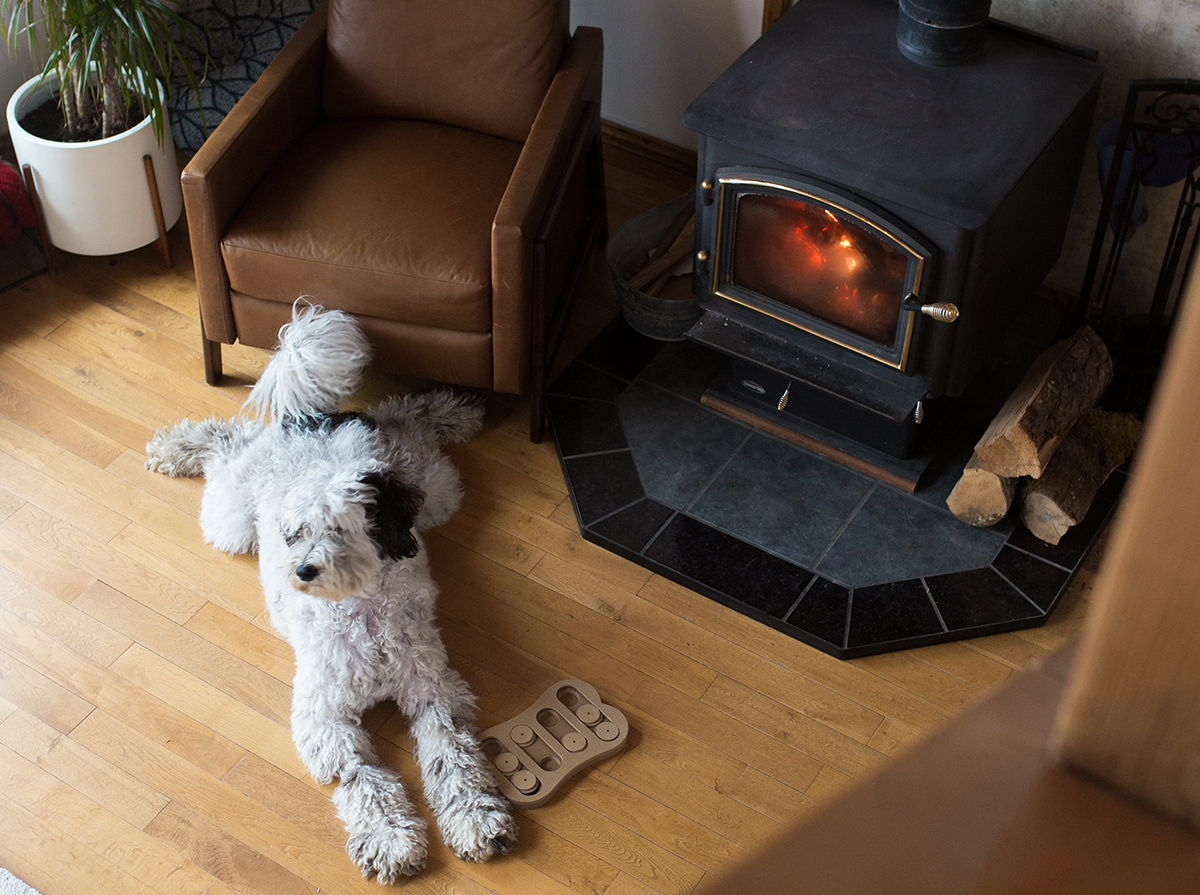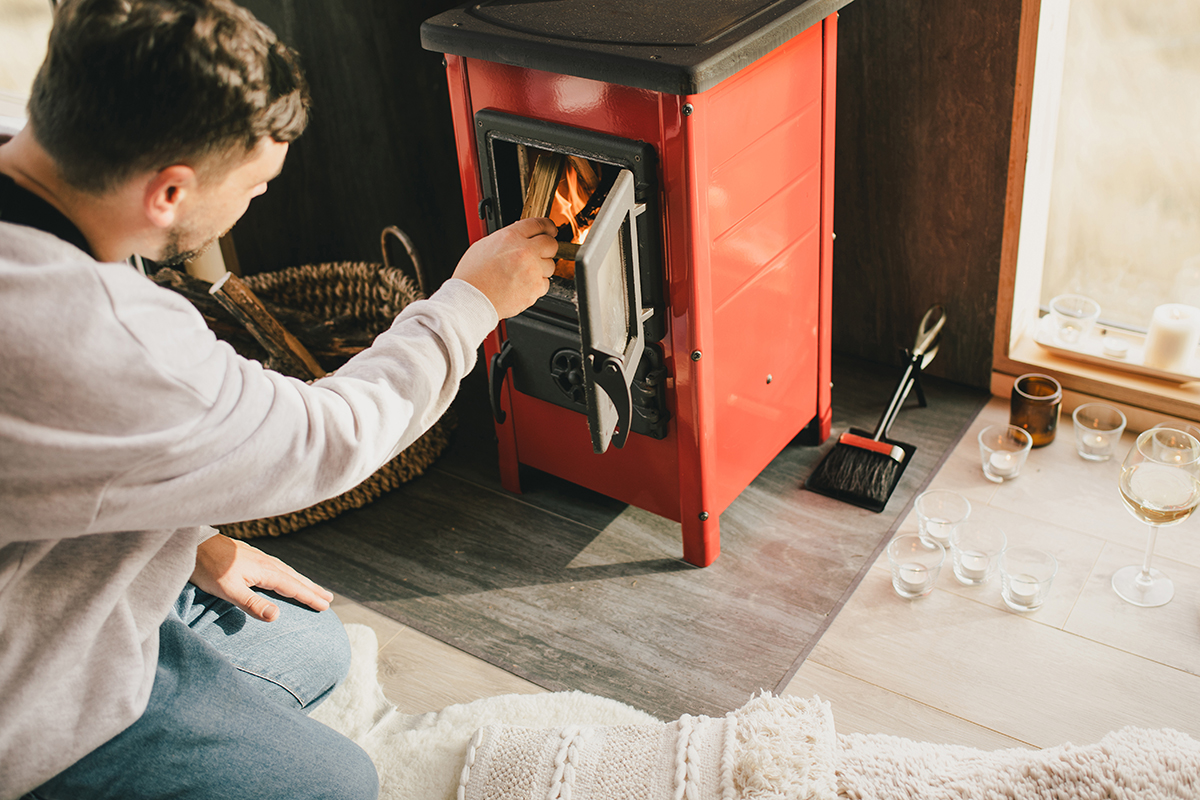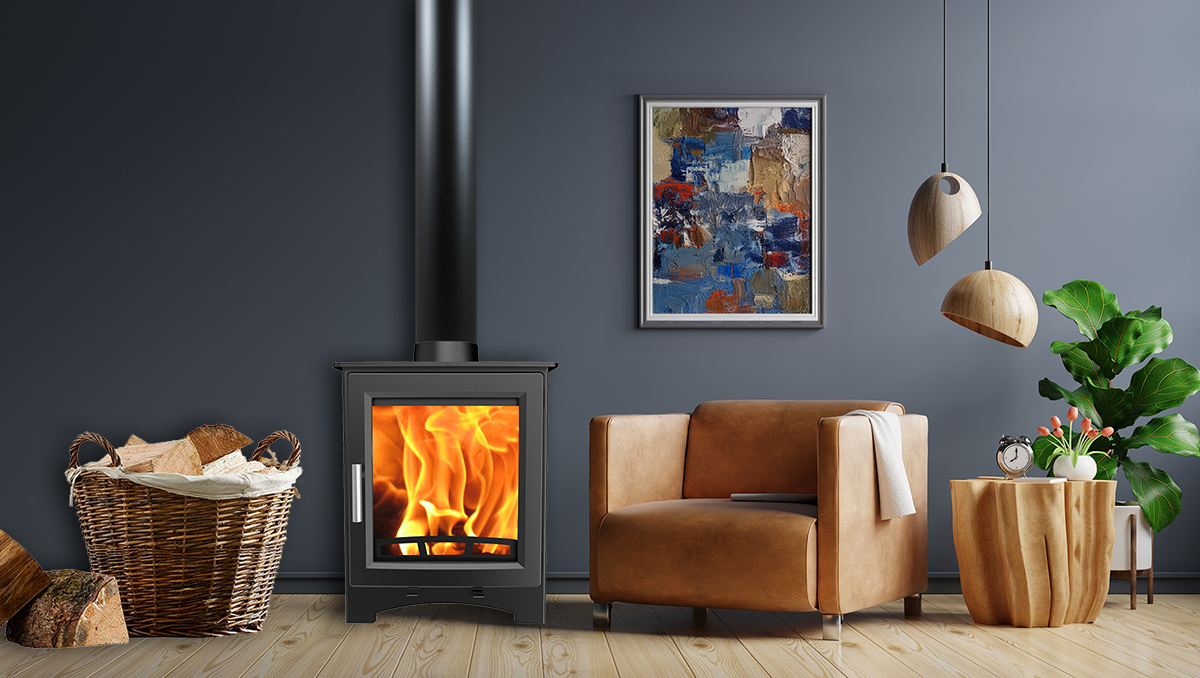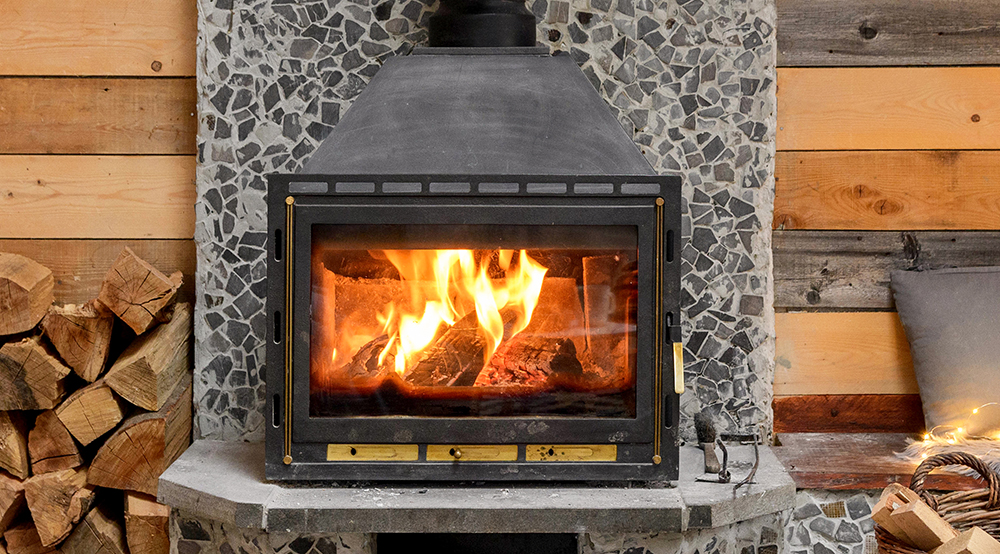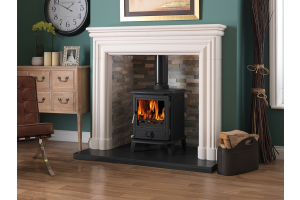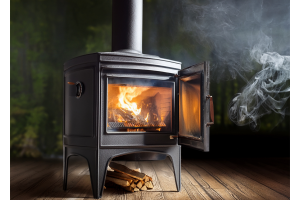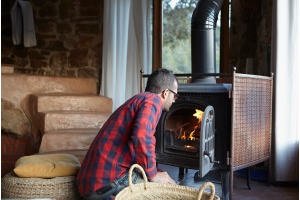multi fuel stove
-
Posted: March 12, 2025Categories: StovesRead more »
A wood-burning or multi-fuel stove is a fantastic addition to any home, providing warmth, ambiance, and efficiency. However, to ensure it runs safely and efficiently, regular maintenance is essential. Here are some key tips to keep your stove in top condition:
-
Posted: October 08, 2024Categories: StovesRead more »
Burning wood efficiently isn’t just about creating a warm, cosy atmosphere - it also has numerous benefits. It helps you save on fuel costs, keeps your chimney cleaner, and reduces harmful emissions. If you live in a Smoke Control Area, burning the right fuel can even help you avoid fines!
By following a few simple guidelines, you can enjoy a clean-burning fire while minimising pollution. It’s all about getting your fire up to the right temperature quickly and maintaining it for the best results. Here’s why it matters and how you can make sure you’re burning right:
- Start with Quality Fuel: Use dry wood with a moisture content of 20% or less. Look for the ‘Ready to Burn’ logo when purchasing logs, and store them properly in a well-ventilated area.
- Quick Fire Start: Use plenty of small kindling or firelighters to get the fire going fast. This helps your fire reach the right temperature efficiently.
- Control
-
Posted: July 31, 2024Categories: Twin WallRead more »
If you've always dreamed of having a wood burning or multi-fuel stove but lack a chimney, there's good news: you don't need one! A Twin Wall Insulated Flue System can create both indoor and outdoor flues, making it possible to install a stove in homes without pre-existing chimneys.
Why Choose a Twin Wall Insulated Flue System?
-
Posted: May 01, 2024Read more »
Carbon monoxide (CO) is a colourless, odourless, tasteless, poisonous gas produced by incomplete burning of carbon-based fuels, including gas, oil, wood, and coal. Carbon-based fuels are safe to use. It is only when the fuel does not burn properly that excess CO is produced, which is poisonous.
You can’t see it. You can’t taste it. You can’t smell it, but carbon monoxide can kill without warning in just a few hours.
-
Posted: April 02, 2024Read more »
Many of us are embracing the warmth and charm that woodburning and multifuel stoves bring into our homes. However, improper use can lead to issues like blackened stove glass, wasted fuel, and environmental pollution.
Blackened glass is caused by a buildup of soot, creosote, and other combustion byproducts. If the fire doesn’t burn hot enough or wood used is not seasoned properly, it can produce more creosote which caused the glass to blacken.
Check out these essential tips to ensure your stove operates efficiently, while maintaining a clear glass window to enjoy those mesmerising flames.
-
Posted: January 31, 2024Categories: Stove PipeRead more »
Revolutionise your heating setup with our latest innovation: the Single Skin 316 1mm Stove Pipe. Meticulously crafted for peak performance, this pipe is your ticket to elevating your heating system to unprecedented levels, boasting unmatched benefits and features.
Ideal for Various Applications:
Crafted from 316 stainless steel, our pipe is tailor-made for high-temperature applications in domestic settings, accommodating gas, oil, solid, and multi-fuel installations. Endorsed by HETAS, it's capable of withstanding flue gas temperatures of up to 600°C under continuous firing, while remaining resistant to soot. Its versatility also extends to certain commercial applications, offering flexibility and reliability across different settings. Additionally, optional locking bands ensure secure joints, providing peace of mind during installation.
-
Posted: July 12, 2023Read more »
In these times of global crises and rising fuel poverty, wood-burning stoves have emerged as a crucial lifeline for many families. However, some newspapers have been quick to condemn this heat source, misrepresenting data and overlooking the positive impact it has on people's lives.
While it is undeniable that updating outdated open fires and wood-burning stoves can substantially reduce PM2.5 emissions, we urge a more nuanced examination of the facts. The UK's Clean Air Strategy by Defra suggests that domestic combustion is responsible for 38% of fine particulate matter, based on a 2015 government survey that overestimated wood burning in stoves and fireplaces.
A more extensive and independently verified 2019 survey of over 10,000 individuals revealed a much lower figure, around 13%, for domestic combustion. Furthermore,





